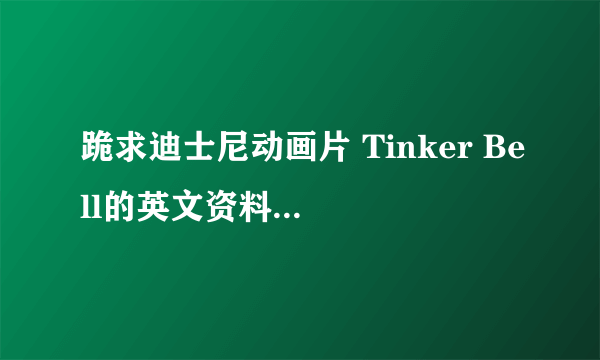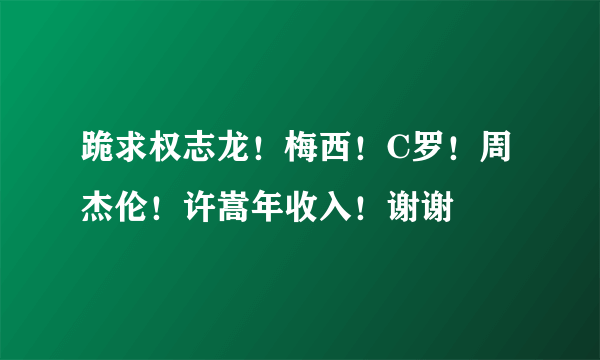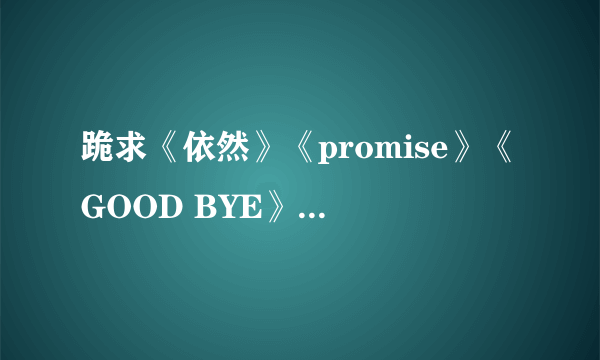
Tinker Bell
From Wikipedia, the free encyclopedia
Jump to: navigation, search
For other uses, see Tinker Bell (disambiguation).
Tinker Bell (2005, bronze) by Diarmuid Byron O'ConnorTinker Bell (also known as Tinkerbell in common usage, or Tink for short), is a fictional character from J. M. Barrie's 1904 play and 1911 novel Peter and Wendy. She has also appeared in multiple film and television adaptations of the story, in particular the 1953 animated Walt Disney picture Peter Pan. She also appears in the "Peter and the Starcatchers" book series by Ridley Pearson and Dave Barry. At first only a supporting character described by her creator as "a common fairy", her animated incarnation was a hit and has since become a widely recognized unofficial mascot of The Walt Disney Company, and the centerpiece of its Disney Fairies media franchise including the direct-to-DVD film Tinker Bell. In her animated form she leaves a trail of twinkling pixie dust.
Contents [hide]
1 In original novel
2 In film
3 In art
4 References
5 External links
[edit] In original novel
Tinker Bell was described by Barrie as a fairy who mended pots and kettles, like an actual tinker. Her dialogue consists of the sounds of a tinkling bell, which is understandable only to those familiar with the language of the fairies. Though sometimes ill-tempered and vindictive (getting the Lost Boys to shoot arrows at Wendy), at other times she is helpful and kind to Peter. The extremes in her personality are explained in-story by the fact that a fairy's size prevents her from holding more than one feeling at a time, so when she is angry she has no counterbalancing compassion. Fairies can enable others to fly by sprinkling them with fairy dust (sometimes called "pixie dust" by Disney, and presented as "starstuff" in Dave Barry and Ridley Pearson's novel series), in conjunction with thinking happy thoughts. At the end of the novel the suggestion is that Tinker Bell has died in the year after Wendy and the Darlings leave Neverland, and Peter has no memory of her at all.
[edit] In film
Film adaptations provided the first vocal effects for the character, whether through sound—such as musical expressions or the sound of a tinkling bell—or human speech. In her most widely known appearance in the 1953 animated Peter Pan film, the character was animated and had no dialogue. She was played by Virginia Browne Faire in Herbert Brenon's 1924 version of Peter Pan, Julia Roberts in 1991's Hook, and by Ludivine Sagnier in P.J. Hogan's 2003 adaptation, which originally planned to use a computer-generated version of the character, but instead used Sagnier in combinations with digital models and effects to take advantage of the actress's expressions. Tinker Bell was voiced by Debi Derryberry in the 1990 Fox animated program Peter Pan and the Pirates, by Sumi Shimamoto in the 1989 anime series Peter Pan no Boken, and by Mae Whitman in the digitally animated 2008 DVD feature Tinker Bell.
Disney version of Tinker BellTinker Bell has been one of Disney's most important branding icons for over half a century, and is generally known as "a symbol of 'the magic of Disney'." She has been featured in television commercials and program opening credits sprinkling pixie dust with her wand in order to shower a magical feeling over various other Disney personalities, though the 1953 animated version of Tinker Bell never actually used a wand. In the picture and the official Disney Character Archives, she is referred to as a pixie, and the term pixie dust is a description of the "fairy dust" she uses in the original book.
Despite an urban legend that the original animated version of Tinker Bell was modeled after Marilyn Monroe, Disney animator Marc Davis's reference was actress Margaret Kerry. He illustrated Tinker Bell as a young blonde white woman clad in a lime-green, short dress with a rigid trim, and green slippers with white puffs. She is trailed by small amounts of pixie dust when she moves, and this dust can help humans fly if they believe it will.
Since 1954, Tinker Bell has featured as a hostess for much of Disney's live-action television programming, beginning with Disneyland (which first introduced the theme park to the public while it was still under construction), to Walt Disney Presents, Walt Disney's Wonderful World of Color, and The Wonderful World of Disney. In 1988, the same year The Wonderful World of Disney moved from ABC to NBC as The Magical World of Disney. That year, she also appeared in the final shot of the ending scene of Who Framed Roger Rabbit, along with Porky Pig; sprinkling fairy dust on the screen after Porky's trademark farewell as it goes black prior to the closing credits. She also starred alongside other Disney characters, such as Chip 'n Dale, in many Disney comics, where she was also able to speak. An animated feature starring Disney's version of the character was released on DVD and Blu-Ray on October 28, 2008.
At Disneyland, Tinker Bell is prominently featured in Peter Pan's Flight, a suspended dark ride based on the artwork from the animated film. Beginning in 1961, she was also featured as a live performer who flew through the sky at the climax of some of the nightly fireworks displays. She was originally played by 71-year-old former circus performer Tiny Kline, up until her retirement three years later.
On the 2008 Walt Disney World Christmas Day Parade special on ABC, Disney announced that a Tinker Bell float would be added to the classic Disney's Electrical Parade at Disney's California Adventure at the Disneyland Resort, the first new float to be added since even long before the parade ended its original run at Disneyland in 1996.
In 2009, Tinkerbell will be receiving her own star on the Hollywood Walk of Fame.
Main article: Disney Fairies
Tinker Bell was part of the Disney Princess franchise, from which she was later extracted and converted into the central character of the new Disney Fairies franchise in 2005. In addition to an extensive line of merchandise, 2008's Tinker Bell film is the first of five direct-to-DVD features set in Pixie Hollow. At Disneyland, a Pixie Hollow meet-and-greet area opened on October 28, 2008, near the Matterhorn, where guests are able to interact with Tinker Bell and her companions. A similar Pixie Hollow is also at Mickey's Toontown Fair at Walt Disney World's Magic Kingdom in Florida.



